Home>Garden Essentials>Why Arent My Seeds Germinating
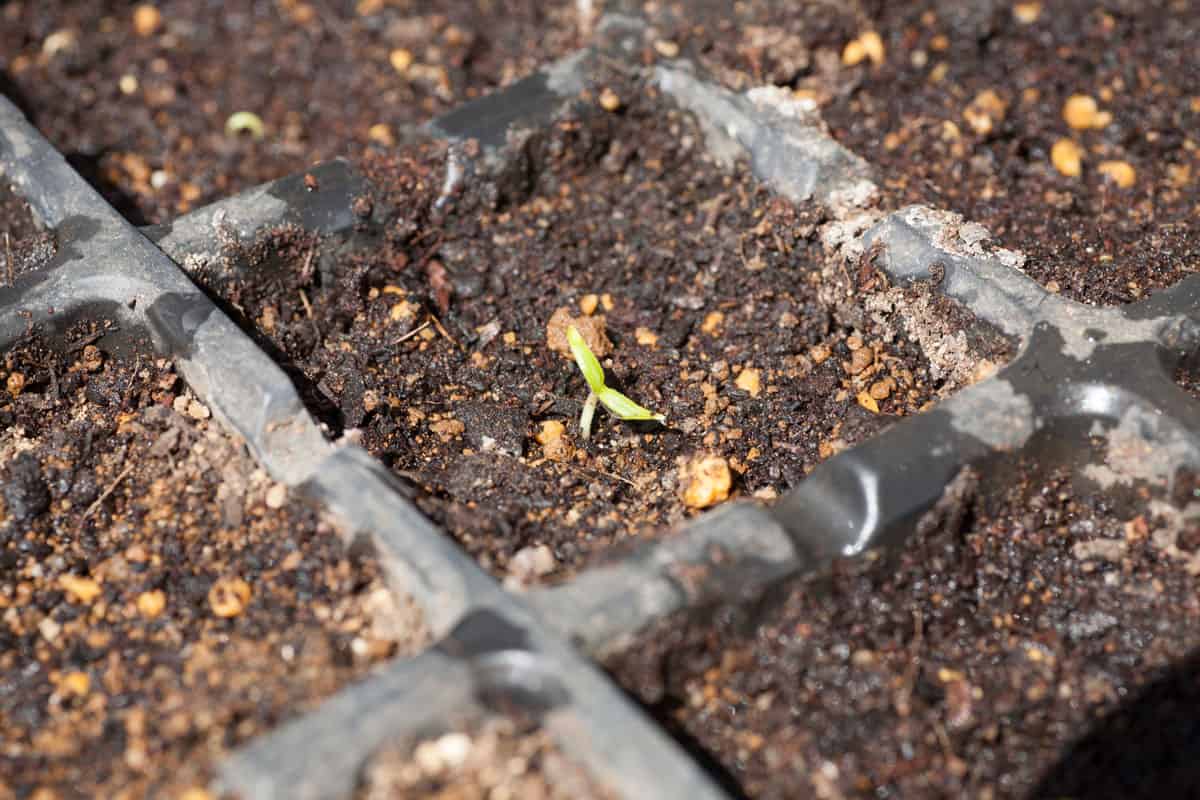

Garden Essentials
Why Arent My Seeds Germinating
Modified: March 16, 2024
Discover common reasons why your garden seeds aren't germinating. Learn how to troubleshoot and improve your gardening success.
(Many of the links in this article redirect to a specific reviewed product. Your purchase of these products through affiliate links helps to generate commission for Storables.com, at no extra cost. Learn more)
Introduction
Seeds are a magical source of life, containing the potential to grow into beautiful plants and bountiful harvests. As a gardener, nothing is more exciting than sowing seeds with the hope of seeing them sprout and thrive. However, it can be incredibly frustrating when those seeds fail to germinate despite your best efforts.
The germination process is a critical stage in a plant’s life cycle. It is the process by which a seed develops into a young seedling, ready to take in sunlight, water, and nutrients to grow into a full-fledged plant. There are several factors that contribute to successful seed germination, and understanding them is key to maximizing your gardening success.
Key Takeaways:
- Ensure your seeds have the right amount of moisture by using proper watering techniques, monitoring soil moisture, and considering seed treatment to create an ideal environment for successful germination.
- Understand the specific needs of your seeds, including temperature, light, planting depth, soil pH, and protection from diseases and pests, to maximize the chances of successful seed germination and enjoy a thriving garden.
Read more: Why My Seeds Are Not Germinating
Understanding the Germination Process
Before diving into the reasons why your seeds may not be germinating, it’s important to understand the basic steps involved in the germination process. When a seed is exposed to the right conditions, such as adequate moisture, the right temperature, and oxygen, it begins to imbibe water. This triggers biochemical changes within the seed, leading to the activation of enzymes and the breakdown of stored nutrients.
The stored energy is then used to fuel the growth of the embryo inside the seed, resulting in the emergence of the radicle—the first root structure. Once the radicle is established, the shoot emerges, and the seedling begins to grow leaves and stems. This entire process is dependent on various environmental factors, and any imbalance can impede or completely halt germination.
Key Takeaways:
- Ensure your seeds have the right amount of moisture by using proper watering techniques, monitoring soil moisture, and considering seed treatment to create an ideal environment for successful germination.
- Understand the specific needs of your seeds, including temperature, light, planting depth, soil pH, and protection from diseases and pests, to maximize the chances of successful seed germination and enjoy a thriving garden.
Read more: Why My Seeds Are Not Germinating
Understanding the Germination Process
Before diving into the reasons why your seeds may not be germinating, it’s important to understand the basic steps involved in the germination process. When a seed is exposed to the right conditions, such as adequate moisture, the right temperature, and oxygen, it begins to imbibe water. This triggers biochemical changes within the seed, leading to the activation of enzymes and the breakdown of stored nutrients.
The stored energy is then used to fuel the growth of the embryo inside the seed, resulting in the emergence of the radicle—the first root structure. Once the radicle is established, the shoot emerges, and the seedling begins to grow leaves and stems. This entire process is dependent on various environmental factors, and any imbalance can impede or completely halt germination.
One of the first factors to consider is moisture. Seeds need consistent moisture for germination to occur. If they are too dry or too wet, germination may be delayed or prevented. It is vital to strike a balance and ensure that the soil or growth medium is consistently moist but not waterlogged. By providing the right amount of moisture, you create an environment conducive to seed germination.
Temperature is another crucial factor. Each plant species has an optimal temperature range for germination. Some seeds require cooler temperatures to initiate germination, while others thrive in warmer conditions. It’s essential to understand the specific requirements of your plant species and provide the appropriate temperature range for successful germination. Extreme temperatures, whether too high or too low, can disrupt the process.
Seed viability is another aspect to consider. Seeds have a limited lifespan, and their viability decreases over time. Using fresh, high-quality seeds increases the chances of successful germination. If you’re experiencing difficulties, it’s worth checking the expiration date on your seed packets or considering purchasing new seeds from a reputable source.
Additionally, light plays a role in seed germination for certain plant species. Some seeds require exposure to light for germination to occur, while others need darkness. Understanding the light requirements of your seeds and providing the appropriate conditions can help ensure successful germination.
Planting depth is also crucial. Each seed has a specific planting depth requirement. If the seed is buried too deep, it may struggle to emerge from the soil. On the other hand, if it is planted too shallow, it may not receive the necessary moisture or nutrients. Understanding the planting depth of your seeds and following the guidelines for each plant species can improve germination rates.
Soil pH levels and nutrient imbalances can have a significant impact on seed germination. Most plants prefer a slightly acidic to neutral soil pH range. Testing your soil’s pH and making necessary amendments can create a favorable environment for germination. Similarly, ensuring the soil has the right balance of nutrients, including nitrogen, phosphorus, and potassium, is essential for seed development and healthy seedling growth.
Lastly, the presence of diseases or pests can hinder seed germination. Seeds infected with diseases or attacked by pests may fail to germinate or result in weak seedlings. It’s important to maintain proper garden hygiene, use disease-free seeds, and employ pest control measures to prevent such issues.
Understanding these fundamental factors and their impact on seed germination can help troubleshoot any issues you may be facing. By addressing these potential problem areas, you can increase the likelihood of successful seed germination and embark on a fruitful garden journey.
Possible Reasons for Seed Germination Failure
Despite your best efforts, it can be disheartening to find that your seeds are not germinating as expected. Several factors can contribute to seed germination failure, and understanding these potential reasons can help you troubleshoot the problem effectively.
One common reason for seed germination failure is a lack of adequate moisture. Seeds require a consistent level of moisture to initiate the germination process. If the soil or growth medium is too dry, the seeds may not imbibe enough water to trigger germination. On the other hand, if the soil is waterlogged or overly saturated, it can suffocate the seeds and prevent germination. It’s essential to strike a balance and ensure that the growing medium is consistently moist but not overly wet.
Improper temperature conditions can also impede seed germination. Different plant species have specific temperature requirements for germination. Some seeds need cooler temperatures, while others prefer warmer conditions. If the temperature is too high or too low for your seeds, germination may be delayed or inhibited. It’s crucial to research the optimal germination temperature range for your plant species and provide the appropriate conditions.
Low seed viability or poor quality seeds can also lead to germination failure. Seeds have a limited lifespan, and their viability decreases over time. If you’re using old seeds, expired seed packets, or seeds that were not stored properly, the germination rates may be significantly reduced. It’s recommended to purchase fresh, high-quality seeds from reputable sources to maximize germination success.
Another factor to consider is the availability of light. Some seeds require exposure to light for germination to occur, while others need darkness. If your seeds require light to germinate and they are buried too deep in the soil, they may not receive enough light to initiate the germination process. Similarly, if your seeds require darkness and they are exposed to excessive light, it can hinder germination. Understanding the light requirements of your seeds and providing the appropriate conditions is crucial for successful germination.
Incorrect planting depth can also result in germination failure. Every seed has a specific planting depth requirement. If the seed is planted too deep, it may struggle to emerge from the soil, using up crucial energy reserves before it can establish the necessary root and shoot structures. Conversely, if the seed is planted too shallow, it may not receive sufficient moisture or nutrients for germination. It’s important to follow the planting depth guidelines for each plant species to optimize germination rates.
Soil pH levels and nutrient imbalances can have a significant impact on seed germination. Most plants prefer a slightly acidic to neutral soil pH range. If the soil pH is too acidic or too alkaline, it can hinder the availability of essential nutrients for seed development. Similarly, nutrient imbalances, such as insufficient nitrogen, phosphorus, or potassium, can impede germination. Testing the soil’s pH and nutrient levels and making necessary amendments can create a favorable environment for seed germination.
Lastly, the presence of diseases or pests can contribute to germination failure. Seeds infected with diseases or attacked by pests may fail to germinate or produce weak seedlings. It’s crucial to practice good garden hygiene, use disease-free seeds, and implement effective pest management strategies to minimize the chances of seed germination failure.
By considering these various factors, you can identify potential issues and take appropriate measures to improve seed germination rates. With the right conditions and proper care, you can increase the chances of successful germination and enjoy the fruits of your gardening efforts.
Lack of Adequate Moisture
One of the most common reasons for seed germination failure is a lack of adequate moisture. Seeds require a consistent level of moisture to initiate the germination process and successfully sprout into seedlings. Insufficient moisture can significantly hinder germination, leading to seeds that remain dormant or fail to develop.
When a seed is exposed to moisture, it absorbs water through the seed coat, stimulating the biochemical changes necessary for germination. The imbibed water activates enzymes within the seed, triggering the breakdown of stored nutrients and fueling the growth of the embryo. Without enough moisture, these essential processes cannot occur, resulting in failed germination.
To ensure adequate moisture for seed germination, it is crucial to provide a consistently moist environment. However, it’s essential to strike the right balance, as excessive moisture can lead to waterlogged conditions, suffocating the seeds. Here are a few factors to consider when addressing the issue of inadequate moisture:
- Watering Technique: Proper watering techniques can help provide the optimal moisture levels for germination. When watering newly sown seeds, it’s important to use a gentle watering method, such as a misting nozzle or a fine spray. This helps avoid disruptions to the soil structure and prevents the seeds from being displaced or washed away. Additionally, it’s advisable to water at ground level, near the base of the plants, rather than overhead, to minimize water evaporation and ensure that the moisture reaches the roots effectively.
- Irrigation System: Implementing an efficient irrigation system can help maintain consistent soil moisture levels. Drip irrigation or soaker hoses are great options as they deliver water directly to the soil surface, minimizing evaporation and ensuring that the moisture reaches the root zone. Additionally, using a timer with your irrigation system can help regulate watering intervals and prevent over or under-watering.
- Mulching: Applying a layer of organic mulch, such as straw, bark chips, or leaves, can help retain soil moisture by reducing evaporation. Mulch acts as a protective barrier, shielding the soil from direct sunlight and reducing water loss due to wind and heat. It also helps regulate temperature fluctuations, which can affect moisture levels. Ensure that the mulch layer is not too thick, as excessive mulch can prevent oxygen exchange and lead to moisture imbalances.
- Monitoring Soil Moisture: Regularly monitoring the moisture levels in the soil is essential for germination success. Inserting your finger into the soil to a depth of about an inch can give you a rough estimate of moisture content. Alternatively, using a soil moisture meter can provide a more accurate reading. Watering should be done when the soil feels slightly dry to the touch but not completely parched.
- Seed Treatment: Some seeds benefit from pre-soaking before planting to enhance moisture absorption. Soaking seeds overnight in room temperature water or a seedling starter solution can help break down the seed coat and expedite the germination process. Be sure to follow the specific soaking instructions for each seed type, as certain seeds may require different treatments.
By addressing the issue of inadequate moisture, you can greatly improve the chances of successful seed germination. Providing a consistently moist environment through proper watering techniques, irrigation systems, mulching, and regular monitoring of soil moisture levels can create the ideal conditions for seeds to sprout and grow into healthy seedlings.
Read more: Why Won’t My Carrots Germinate
Improper Temperature Conditions
Temperature plays a crucial role in seed germination, and improper temperature conditions can greatly affect the success of germination. Different plant species have specific temperature requirements for optimal germination. Seeds typically require a specific temperature range to initiate the biochemical processes that lead to germination. When the temperature deviates from the optimal range, germination can be delayed, weakened, or completely inhibited.
One of the key factors to consider is the germination temperature range for the specific plant species you are cultivating. Some seeds require cooler temperatures to break dormancy and initiate germination, while others thrive in warmer conditions. It’s important to research the specific temperature preferences of the seeds you are sowing to provide the ideal conditions for germination.
Here are some common temperature-related issues that can impact seed germination and how to address them:
- Cold Soil: If the soil temperature is too cold, seeds that require warm temperatures for germination will struggle to initiate growth. Cold soil inhibits the necessary biochemical reactions, leading to delayed or failed germination. To address this issue, consider planting seeds later in the growing season when the soil temperatures have warmed up. Additionally, using techniques such as raised beds or applying black plastic mulch can help raise the soil temperature, creating a more favorable environment for germination.
- Hot Soil: On the other end of the spectrum, excessively high soil temperatures can also hinder seed germination. High temperatures can cause the seed to dry out quickly, inhibiting the necessary uptake of water for germination. To mitigate this issue, consider sowing seeds earlier in the season when the soil temperatures are cooler. Providing shade, such as using shade cloth or planting taller neighboring plants, can also help protect the seeds from the intense heat and create a more suitable microclimate for germination.
- Temperature Fluctuations: Temperature fluctuations can also negatively impact seed germination. Rapid changes in temperature can disrupt the germination process, causing stress to the seeds and hindering their ability to sprout. To minimize temperature fluctuations, it’s essential to select an appropriate location for sowing seeds. Avoid areas with extreme temperature variations or places exposed to strong winds. Providing some form of insulation, such as using row covers or cloches, can help regulate temperature and protect the seeds.
- Indoor Temperature Control: If you are starting seeds indoors, maintaining the proper temperature is crucial for successful germination. Ensure that the room temperature remains within the optimal range for the specific plant species. Using heating mats or propagators can help create a warm and controlled environment for germination. Alternatively, adjusting the thermostat or using supplementary heating methods can also help maintain the desired temperature range.
Monitoring and controlling the temperature during the germination process is essential for achieving successful seed germination. Understanding the temperature requirements of your seeds and addressing any temperature-related issues through timing, shading, insulation, and indoor temperature control can greatly improve germination rates and increase the chances of healthy seedling development.
Make sure your seeds have enough moisture, warmth, and oxygen to germinate. Check the soil temperature and keep it consistent. Consider using a seed starting mix to provide the best conditions for germination.
Low Seed Viability or Poor Quality Seeds
Seed viability refers to the ability of a seed to germinate and produce a viable seedling. Over time, the viability of seeds naturally decreases, and using old or expired seeds can result in low germination rates or complete germination failure. Poor quality seeds, whether due to improper storage or manufacturing, can also lead to unsuccessful germination. Understanding seed viability and selecting high-quality seeds are essential steps in ensuring successful germination.
Here are some factors to consider when dealing with low seed viability or poor quality seeds:
- Seed Age: Seeds have a limited lifespan, and their viability decreases with time. If you are using old seeds or seeds that have been stored for an extended period, they may have lower germination rates. It’s advisable to check the expiration date on seed packets or purchase fresh seeds to maximize germination success. Using recent harvests or harvesting seeds from healthy and productive plants in your garden can also help ensure higher viability.
- Storage Conditions: Proper storage is crucial for maintaining seed viability. Seeds should be stored in a cool, dry, and dark place to prevent moisture absorption, which can lead to seed spoilage and lower viability. Additionally, protecting seeds from temperature fluctuations and extreme heat or cold can help maintain their quality. Using airtight containers or sealed seed packets and storing them in a refrigerator or a cool basement can provide an optimal environment for long-term seed storage.
- Seed Source: Selecting seeds from reputable sources is essential to ensure good quality and high viability. Reliable seed companies or seed banks often conduct quality tests and provide information about the germination rates and viability of their seeds. Choosing seeds from companies with positive customer reviews and a history of delivering high-quality seeds can increase the chances of successful germination.
- Seed Scarification and Stratification: Some seeds have hard seed coats or dormancy mechanisms that naturally inhibit germination. Scarification, which involves gently scratching or etching the seed coat, and stratification, which simulates the natural winter cold period, can help overcome seed dormancy and increase germination rates. However, it’s important to follow specific instructions for each seed type, as improper scarification or stratification techniques can damage the seeds or have no effect on germination.
- Seed Germination Test: If you suspect low seed viability or have concerns about the quality of seeds, conducting a germination test can provide valuable insights. A germination test involves placing a sample of seeds in a controlled environment with optimal moisture and temperature conditions to evaluate their germination potential. Based on the percentage of seeds that successfully germinate, you can assess the viability of the batch and make informed decisions about whether to use them for planting.
By considering these factors and taking appropriate actions, such as purchasing fresh seeds, ensuring proper storage conditions, and conducting germination tests, you can increase the chances of successful germination. Using high-quality and viable seeds significantly improves the likelihood of healthy seedlings and a successful gardening experience.
Lack of Light or Excessive Darkness
Light is a critical factor in seed germination, as it triggers important physiological and biochemical reactions within the seed. Some seeds require exposure to light to initiate germination, while others prefer darkness. Providing the appropriate amount of light or ensuring the necessary darkness can significantly impact the success of seed germination.
Here are some considerations to address the issue of lack of light or excessive darkness during seed germination:
- Understanding Light Requirements: It’s important to understand the specific light requirements of the seeds you are sowing. Some seeds, known as photoblastic seeds, require exposure to light for optimal germination. Other seeds, such as skotoblastic seeds, need darkness to initiate germination. Research the light preferences of the seeds you are planting and provide the appropriate conditions.
- Proper Placement: Placing your seeds in the correct location is essential to ensure they receive the right amount of light or darkness. For seeds that require light, ensure they are sown at the appropriate depth specified in the planting instructions. If the seeds need darkness, cover them properly with soil or a light-blocking material to create the necessary conditions.
- Lack of Natural Light: Insufficient natural light can be a challenge, especially when starting seeds indoors. If you are growing plants that require ample sunlight, consider placing seed trays near a sunny window that receives several hours of direct sunlight each day. If natural light is limited, you may need to use supplementary lighting sources, such as fluorescent grow lights or LED plant lights, to provide sufficient light energy for germination.
- Duration of Light Exposure: Seeds that require light usually need a certain duration of light exposure each day. This duration can vary depending on the plant species. Some seeds may require continuous exposure, while others need a specific number of hours of light followed by darkness. Research the light duration requirements for your seeds and provide the appropriate light-dark cycle for successful germination.
- Excessive Darkness: While some seeds require darkness, excessive darkness can inhibit germination. If your seeds need darkness, ensure that they receive at least some exposure to diffused or indirect light during the day. This ensures the growth of healthy seedlings by allowing photosynthesis to occur once germination has taken place.
Ensuring the right amount of light or darkness during the germination process is crucial for successful seed germination. By understanding the light requirements of your seeds, proper placement, using supplementary lighting when needed, and providing the appropriate light-dark cycle, you can optimize conditions to support healthy germination and promote vigorous seedling growth.
Incorrect Planting Depth
Planting depth is a critical factor that can significantly impact seed germination. Each seed has a specific planting depth requirement, and planting too shallow or too deep can hinder or prevent proper germination. Understanding the optimal planting depth for the seeds you are sowing is essential for successful germination and healthy seedling development.
Here are some considerations to address the issue of incorrect planting depth:
- Follow Seed Packet Instructions: Seed packets often provide planting instructions, including the recommended planting depth for optimal germination. It’s important to carefully read and follow these instructions to ensure that you are planting the seeds at the appropriate depth.
- Seed Size: The size of the seed can give you an indication of the appropriate planting depth. Larger seeds generally require deeper planting, while smaller seeds are typically sown at shallower depths.
- Soil Type: Soil type can also influence planting depth. In general, seeds should be planted slightly deeper in loose, sandy soils and slightly shallower in heavy clay or compacted soils. This helps to ensure good seed-to-soil contact and allows for proper moisture retention around the seed.
- Spacing: The spacing between seeds can also impact planting depth. Seeds that need ample space to grow should be planted deeper to allow for robust root development without overcrowding. On the other hand, seeds that can be grown in close proximity may require shallower planting.
- Seedling Fragility: Some seedlings are delicate and have limited energy reserves to push through the soil. Planting these seeds too deep can exhaust their energy before they can emerge from the soil surface. It’s important to consider the fragility of the specific seedlings when determining the planting depth.
- Seed Size: The size of the seed can give you an indication of the appropriate planting depth. Larger seeds generally require deeper planting, while smaller seeds are typically sown at shallower depths.
- Soil Type: Soil type can also influence planting depth. In general, seeds should be planted slightly deeper in loose, sandy soils and slightly shallower in heavy clay or compacted soils. This helps to ensure good seed-to-soil contact and allows for proper moisture retention around the seed.
- Seedling Fragility: Some seedlings are delicate and have limited energy reserves to push through the soil. Planting these seeds too deep can exhaust their energy before they can emerge from the soil surface. It’s important to consider the fragility of the specific seedlings when determining the planting depth.
Incorrect planting depth can result in various issues. If seeds are planted too shallow, they may not have adequate moisture or nutrient access, hindering germination and seedling establishment. Conversely, planting seeds too deep can restrict the emergence of seedlings, leading to weaker plants, delayed emergence, or failed germination.
It is crucial to find the right balance by following the recommended planting depth guidelines for each plant species. Planting tools, such as dibbles or planting rulers, can help ensure consistency in planting depth. By providing seeds with the optimal planting depth, you give them the best chance to absorb moisture, access nutrients, and emerge successfully, setting the stage for healthy seedling growth and a thriving garden.
Read more: Why Won’t My Peas Germinate
Soil pH Levels and Nutrient Imbalances
The pH level of the soil and the availability of nutrients play a crucial role in seed germination. Different plant species have specific pH and nutrient requirements for optimal growth and development. Imbalances in soil pH and nutrient levels can negatively impact seed germination and hinder the establishment of healthy seedlings.
Here are some considerations to address the issue of soil pH levels and nutrient imbalances during seed germination:
- Testing Soil pH: Determining the pH level of your soil is essential for assessing its acidity or alkalinity. Most plants prefer a slightly acidic to neutral pH range. You can test your soil using a pH testing kit or by sending a soil sample to a professional laboratory for detailed analysis. Based on the results, you can make necessary amendments to adjust the pH level to the appropriate range for the specific plant species you are growing.
- Amending Soil pH: If the pH of your soil is too acidic, you can add lime to raise the pH level and make the soil more alkaline. Conversely, if the pH is too alkaline, adding substances like elemental sulfur or peat moss can help lower the pH and make the soil more acidic. It’s important to follow the recommended application rates and guidelines when amending soil pH to avoid overcompensation and creating imbalances in the opposite direction.
- Nutrient Testing: Alongside pH testing, evaluating the nutrient levels in your soil can help identify any deficiencies or excesses that may be impacting seed germination. Soil testing kits or professional analysis can provide insights into the nutrient content of your soil, allowing you to make educated decisions regarding nutrient supplementation.
- Adding Organic Matter: Organic matter, such as compost or well-rotted manure, is a valuable addition to the soil. It helps improve soil structure, increase moisture retention, and enhance nutrient availability. Incorporating organic matter into your soil prior to planting can help balance nutrient levels and create a healthy growing environment for seeds.
- Seed Starting Mix: When starting seeds indoors or in containers, using a seed starting mix can help ensure an optimal balance of pH and nutrients. Seed starting mixes are specifically formulated to provide an ideal medium for seed germination and early seedling growth. They typically have a neutral pH and contain a balanced blend of nutrients that support healthy germination and early-stage development.
- Fertilizer Application: If your soil lacks essential nutrients, applying fertilizers can help rectify imbalances and provide necessary elements for seed germination. It’s important to choose a fertilizer that matches the nutrient requirements of the specific plant species you are growing. Follow the instructions on the fertilizer package carefully to avoid overfertilization, as excessive nutrients can damage seeds and seedlings.
By addressing soil pH levels and nutrient imbalances, you can create a more favorable environment for seed germination. Providing the proper pH range and nutrient levels ensures that seeds have access to the necessary nutrients for healthy growth. Balanced soil conditions promote strong root development, vigorous seedling emergence, and overall plant resilience, resulting in a successful and thriving garden.
Presence of Diseases or Pests
The presence of diseases or pests in the soil or on the seeds themselves can significantly impact seed germination. Diseases caused by fungi, bacteria, or viruses, as well as pests like insects and rodents, can infect or damage seeds, inhibiting their ability to germinate and develop into healthy seedlings. Detecting and addressing these issues is crucial for successful seed germination.
Here are some considerations to address the issue of diseases or pests during seed germination:
- Use Disease-Free Seeds: Starting with high-quality, disease-free seeds is the first line of defense against seed-borne diseases. Purchasing seeds from reputable sources, such as seed companies or nurseries known for their disease management practices, can help ensure that you are starting with healthy seeds. Additionally, if you save seeds from your own plants, select seeds only from disease-free plants.
- Sanitize Tools and Containers: Before planting seeds, make sure all planting tools, containers, and trays are thoroughly cleaned and disinfected. Using a solution of bleach or a mild detergent can help eliminate any disease-causing pathogens that may be present on the surfaces. Proper sanitation reduces the risk of introducing diseases to the seeds or seedlings.
- Practice Crop Rotation: Rotating the location of your garden beds each growing season helps disrupt disease cycles and prevents the buildup of pathogens in the soil. Avoid planting the same plant species or related plants in the same location year after year, as this can lead to the accumulation of diseases specific to those plants.
- Improve Soil Drainage: Excess moisture in the soil can create a conducive environment for disease development. To promote healthy seed germination, ensure proper soil drainage by amending heavy clay soils with organic matter or creating raised beds. Good soil drainage helps prevent the stagnation of water, reducing the risk of seed-borne diseases.
- Manage Pests: Insect pests and rodents can damage seeds or seedlings, leading to failed germination or weakened plants. Employing effective pest management strategies, such as using physical barriers, companion planting, or organic pest control methods, can help reduce pest pressure and protect your seeds and seedlings.
- Monitor and Take Swift Action: Regularly monitor your garden for signs of diseases or pests. Keep an eye out for unusual symptoms on the seeds or emerging seedlings, such as discoloration, lesions, or wilting. Promptly identify the issue and take appropriate action, such as removing infected seeds or seedlings, applying organic disease control measures, or seeking professional advice if needed.
By addressing the presence of diseases or pests during seed germination, you can increase the chances of successful seedling development. By starting with disease-free seeds, practicing good sanitation, improving soil drainage, managing pests, and monitoring for any signs of issues, you can create a healthier environment for your seeds to germinate and thrive.
Conclusion
Seed germination is an exciting and essential process in gardening, but sometimes seeds fail to sprout despite our best efforts. Understanding the factors that contribute to seed germination failure is crucial in troubleshooting and improving the chances of successful germination.
Inadequate moisture can hinder germination, so it’s important to provide consistent moisture without overwatering. Monitoring soil moisture levels, using proper watering techniques, and employing irrigation systems can help create an optimal environment for seed germination.
Temperature plays a critical role in germination, and planting at the wrong temperature can delay or prevent seed sprouting. Understanding the temperature requirements of your plant species and ensuring appropriate planting conditions can improve germination success.
Low seed viability or poor quality seeds can lead to germination failure. Starting with fresh, high-quality seeds from reputable sources and practicing proper seed storage techniques can increase germination rates.
The availability of light or darkness is essential for certain seeds. Understanding the light requirements of your seeds and providing the appropriate conditions can promote successful germination.
Planting seeds at an incorrect depth can impede germination and hinder seedling growth. Following the recommended planting depth guidelines for each seed type helps ensure proper nutrient and moisture uptake for successful sprouting.
Soil pH levels and nutrient imbalances can negatively impact germination. Testing soil pH, amending as necessary, and supplementing nutrients can create a balanced soil environment for optimal seed germination.
The presence of diseases or pests can infect seeds and hinder germination success. Using disease-free seeds, practicing good sanitation, managing pests, and promptly addressing signs of diseases or pests are essential for successful seed germination.
By understanding and addressing these factors, you can greatly increase the chances of successful seed germination. Creating the right conditions, using high-quality seeds, and practicing proper care and maintenance provide the foundation for healthy seedlings and a flourishing garden.
Remember, gardening is an ongoing learning process, and sometimes seeds may fail to germinate despite our best efforts. By observing and understanding the factors that contribute to germination failure, you can continuously improve your gardening practices and increase your overall success. Embrace the journey, make adjustments when needed, and enjoy the rewards of growing your plants from seeds.
Frequently Asked Questions about Why Arent My Seeds Germinating
Was this page helpful?
At Storables.com, we guarantee accurate and reliable information. Our content, validated by Expert Board Contributors, is crafted following stringent Editorial Policies. We're committed to providing you with well-researched, expert-backed insights for all your informational needs.
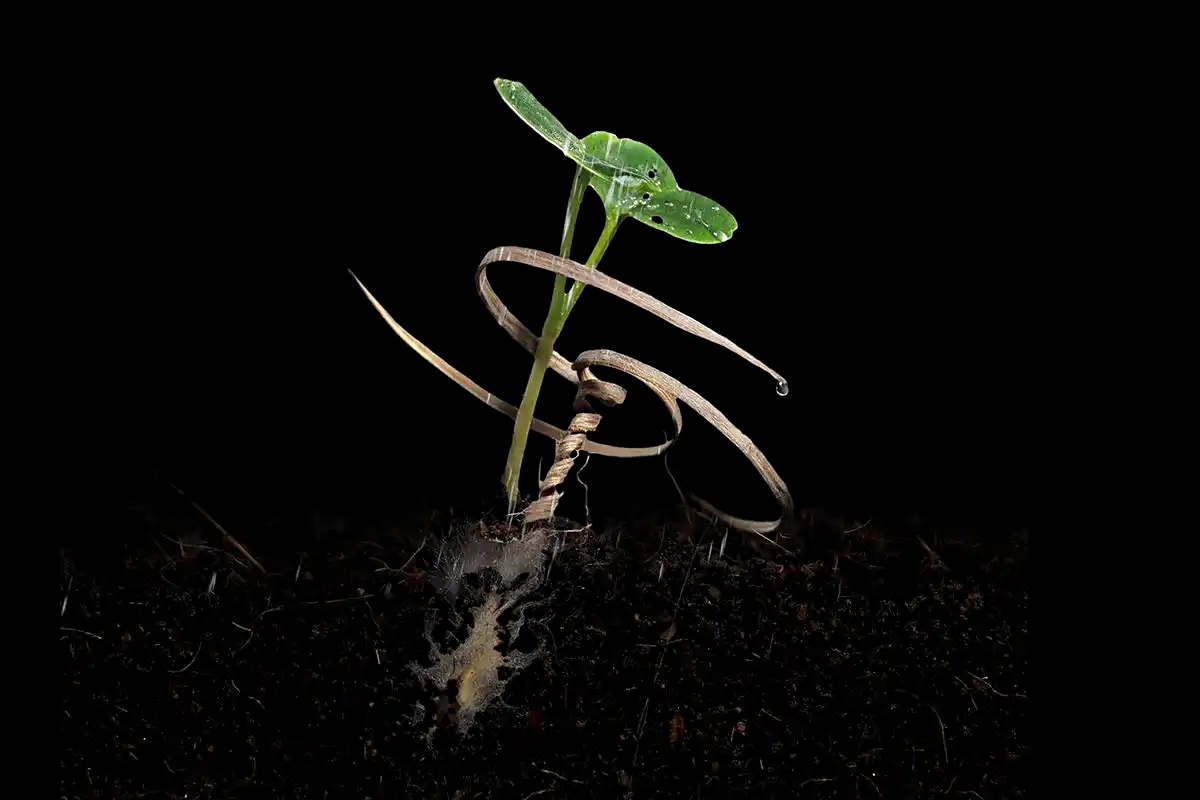
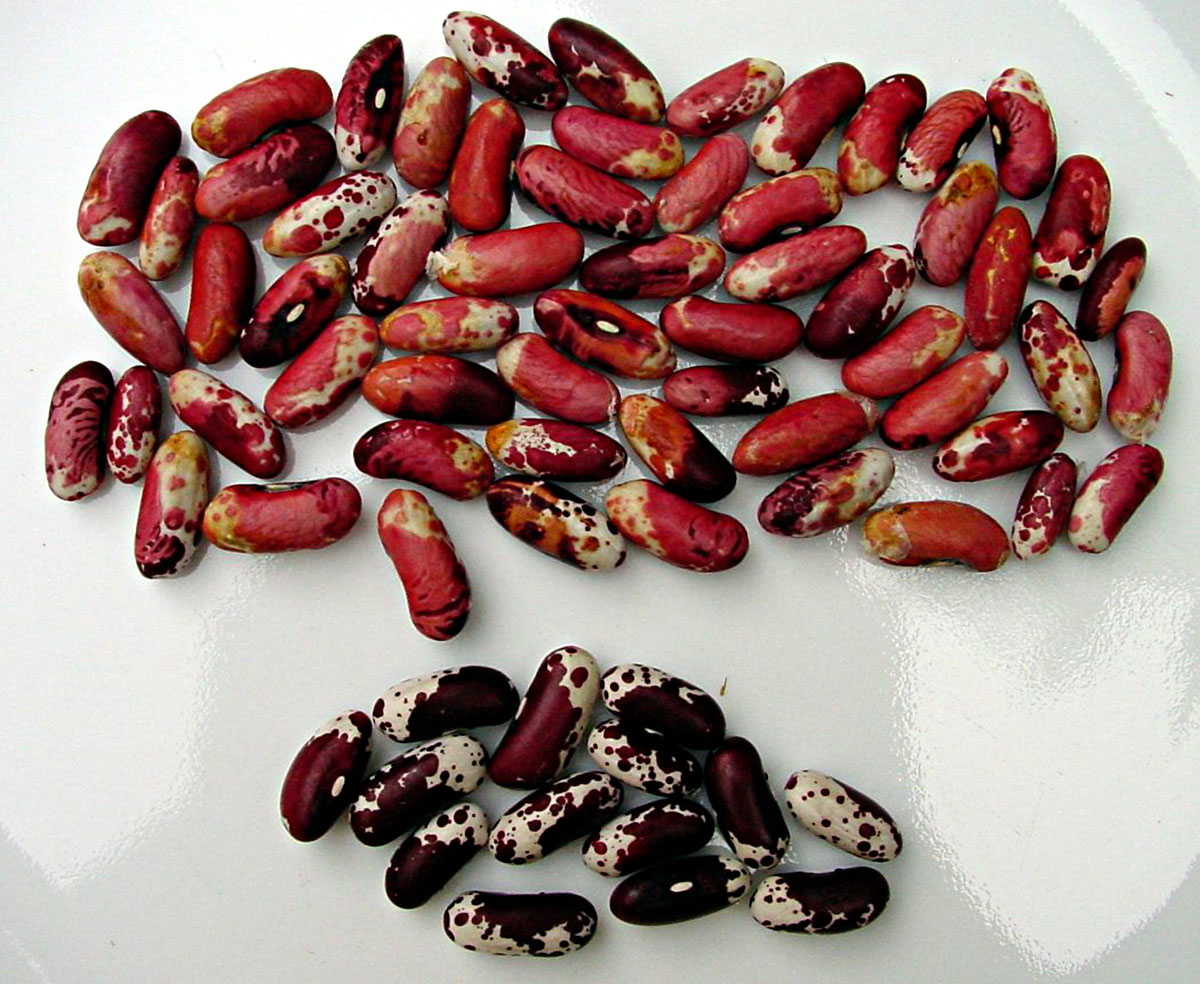
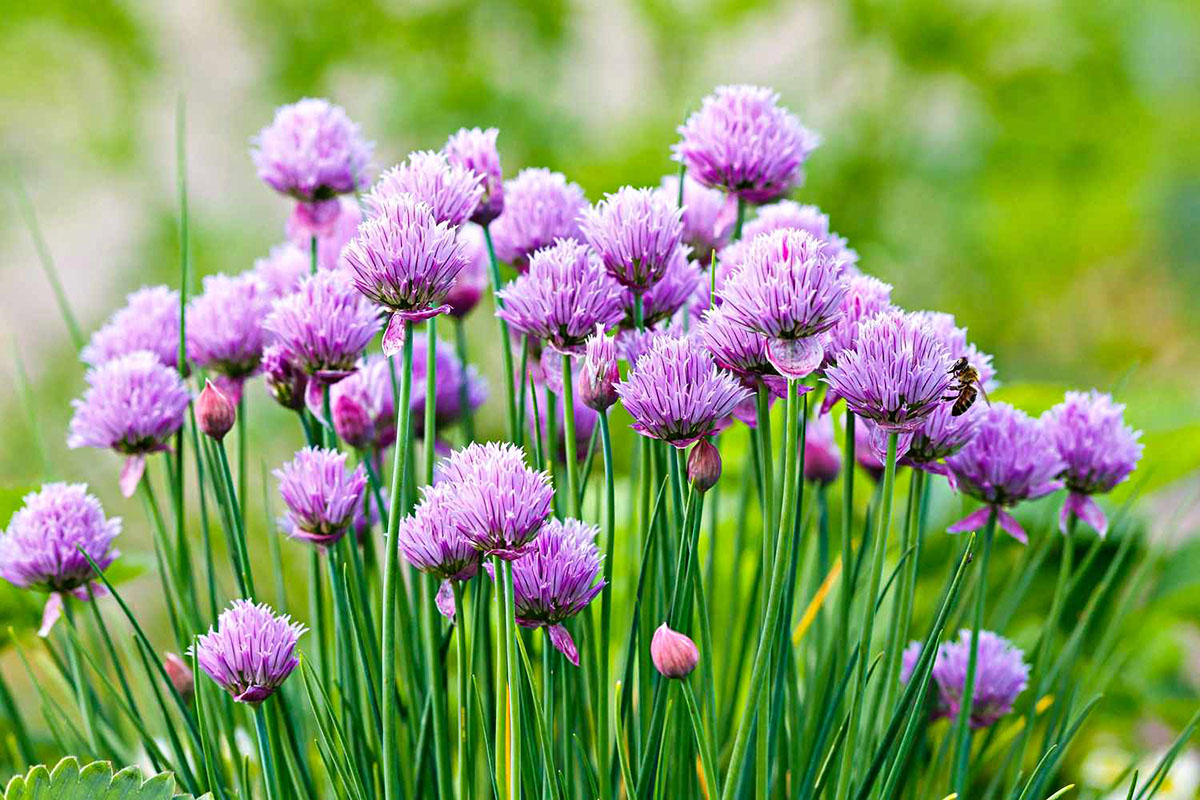
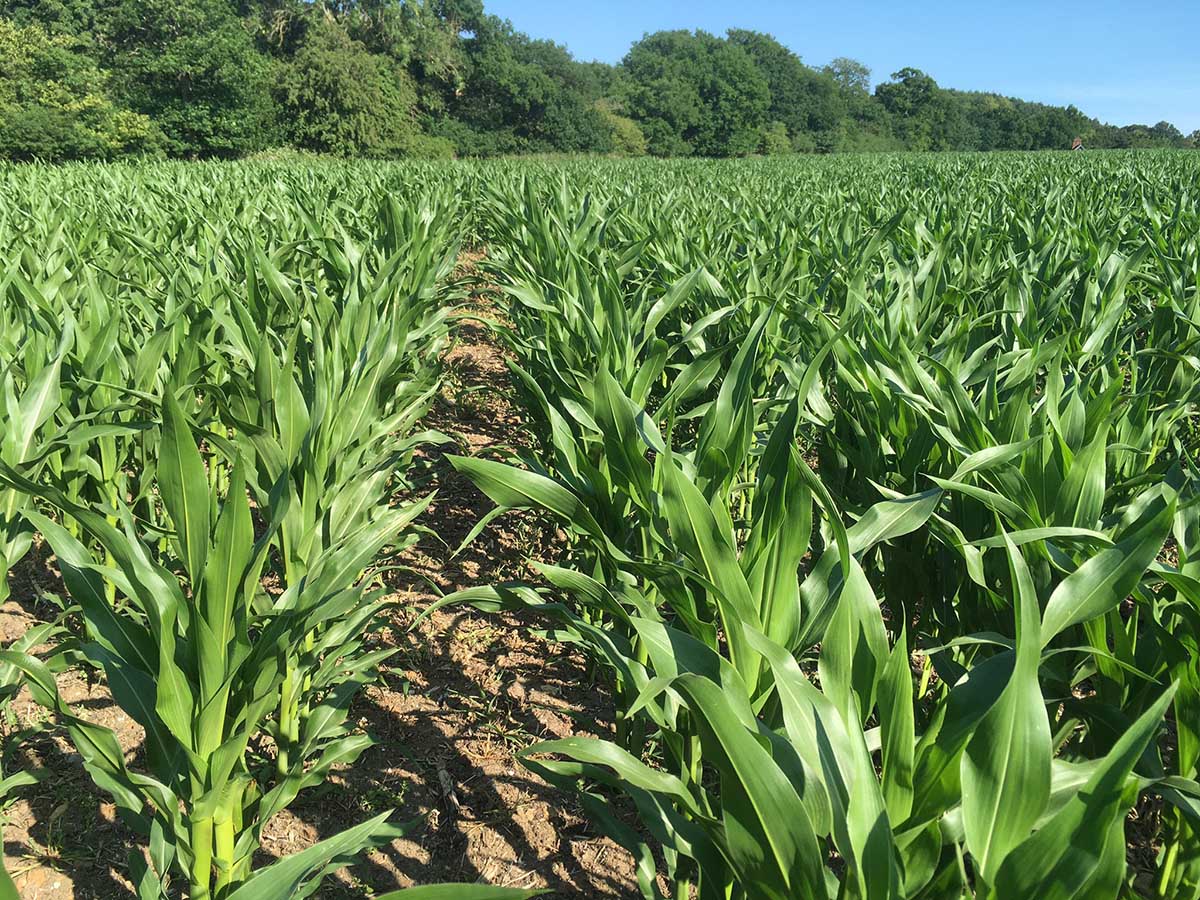
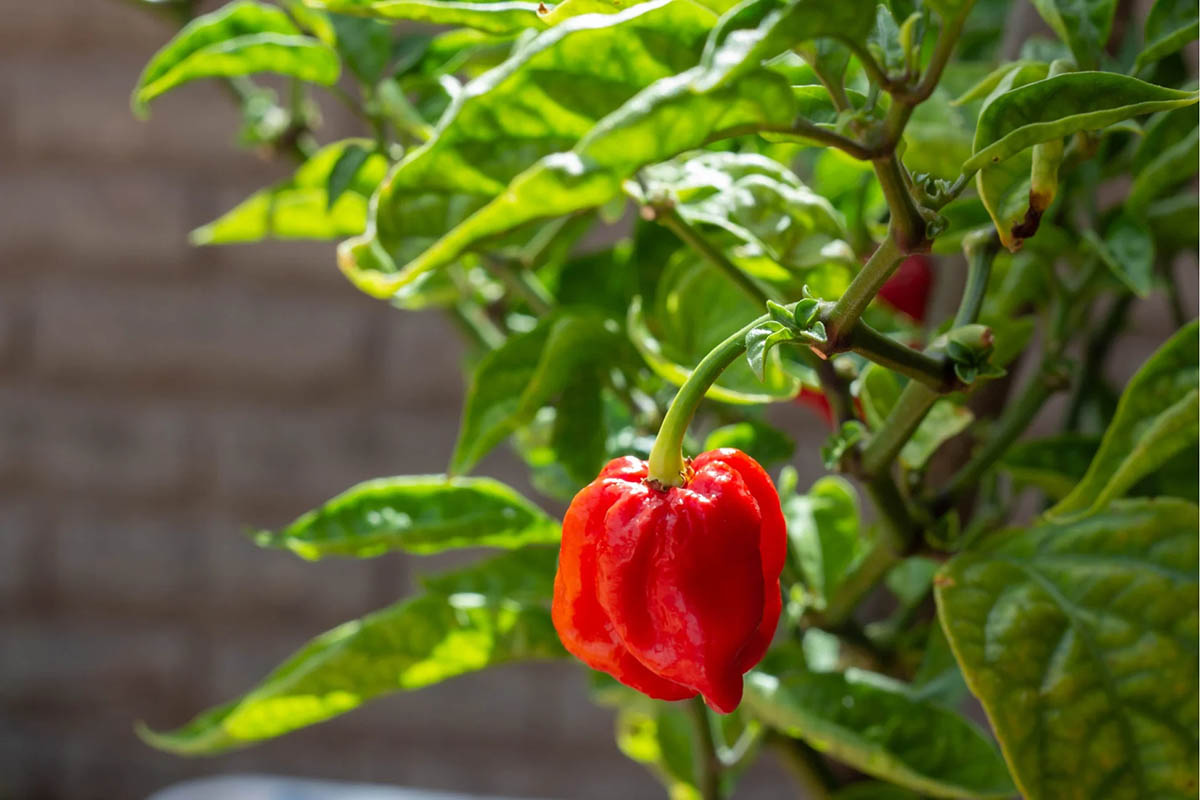
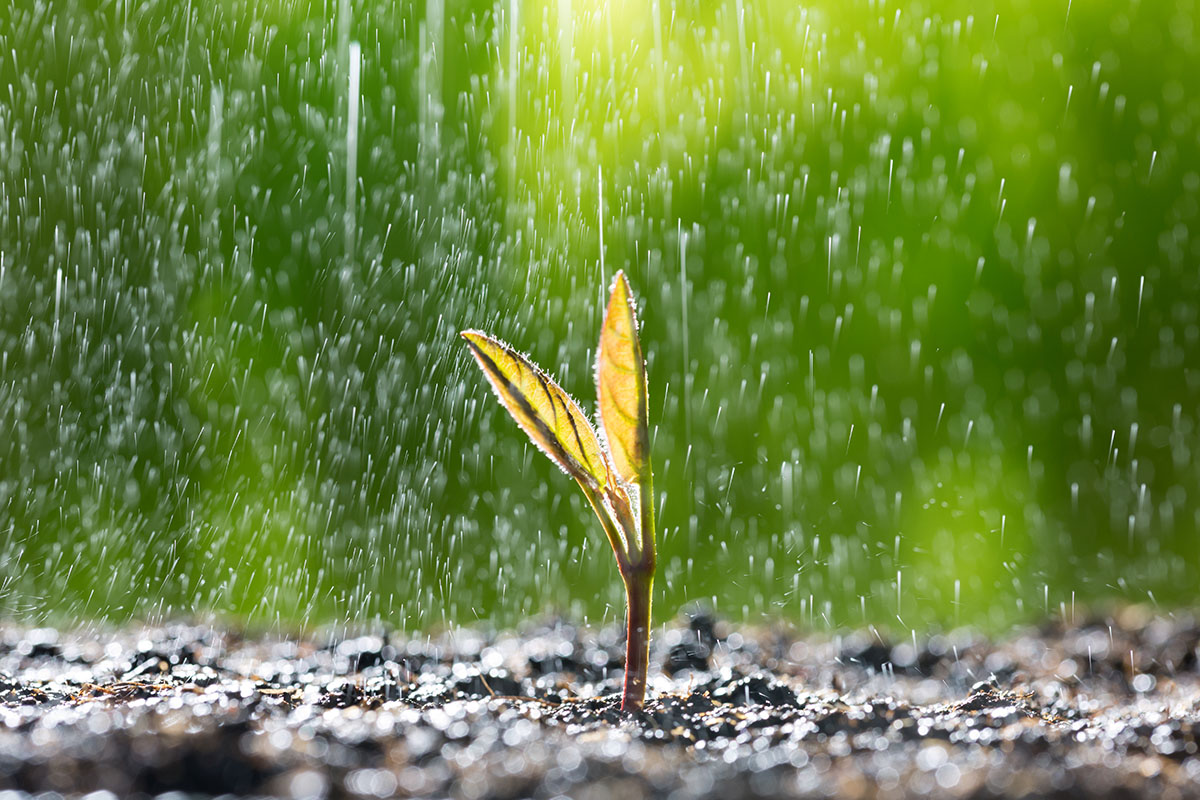
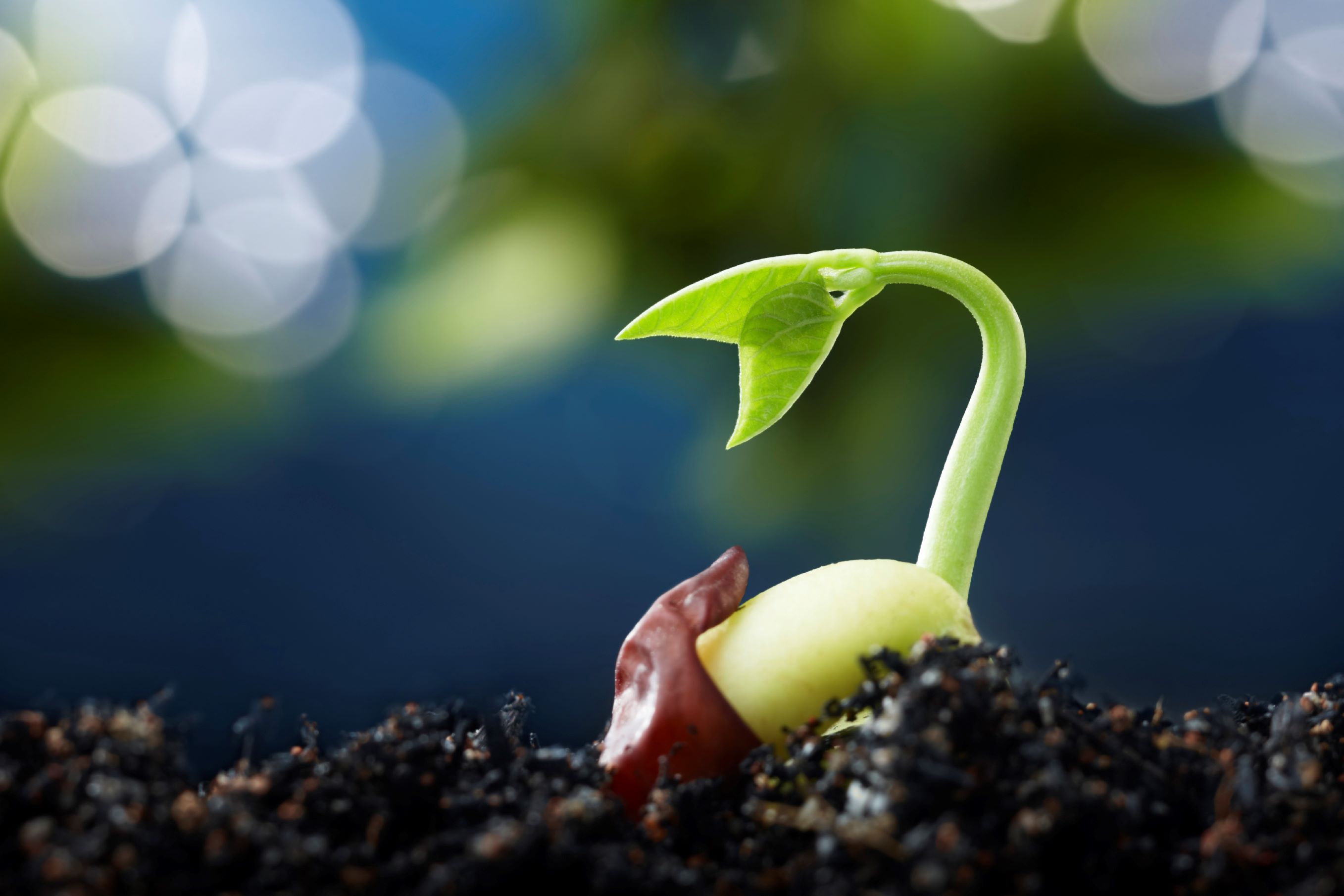
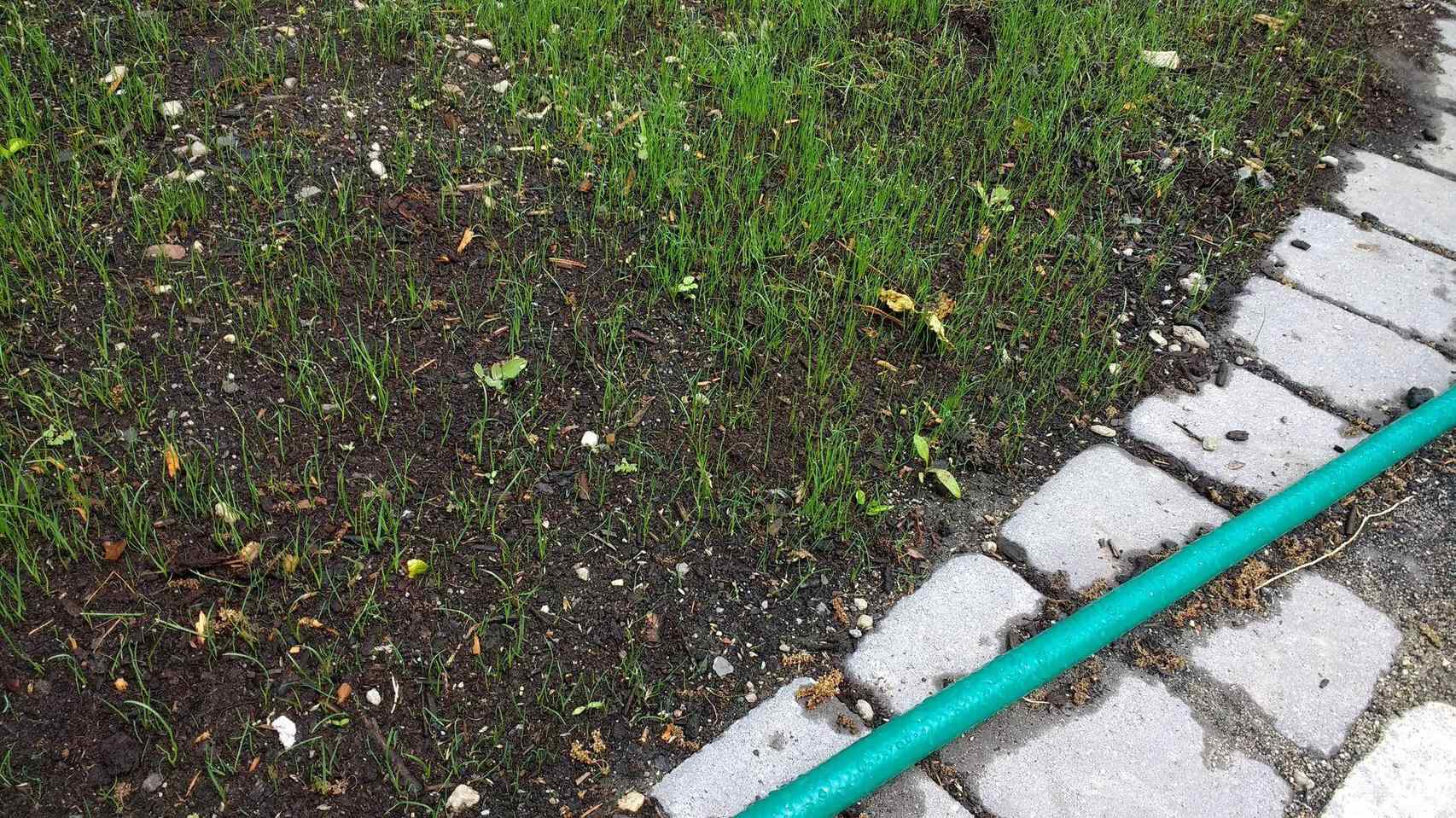
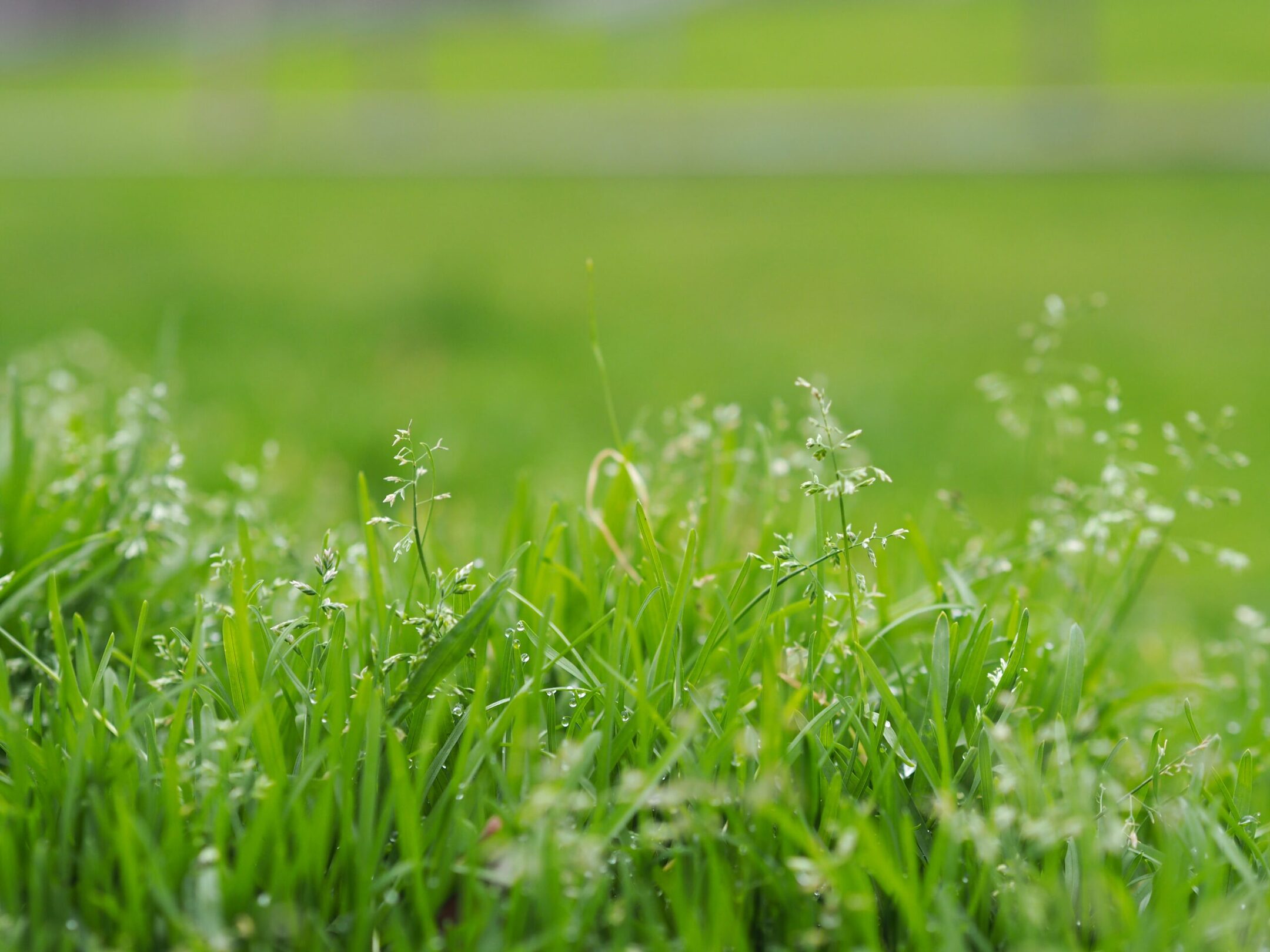
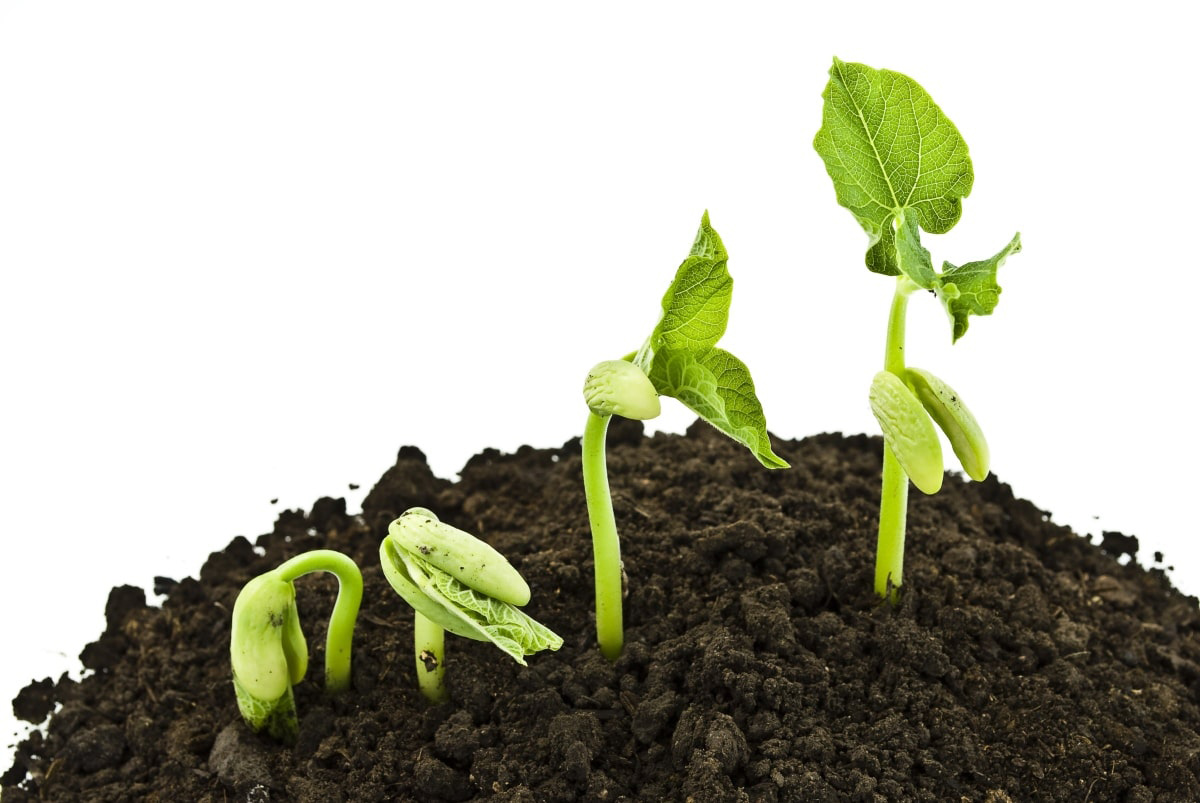
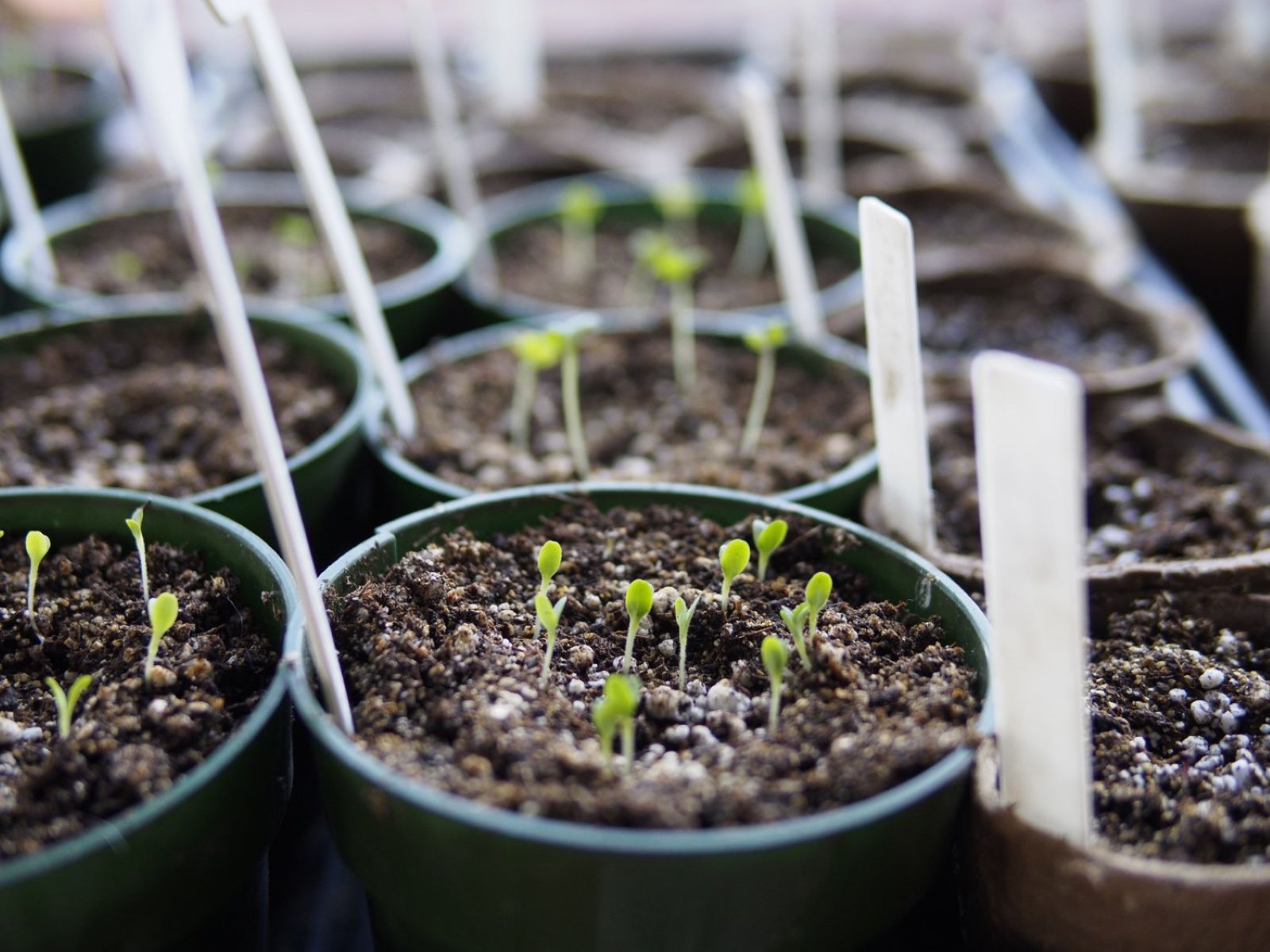
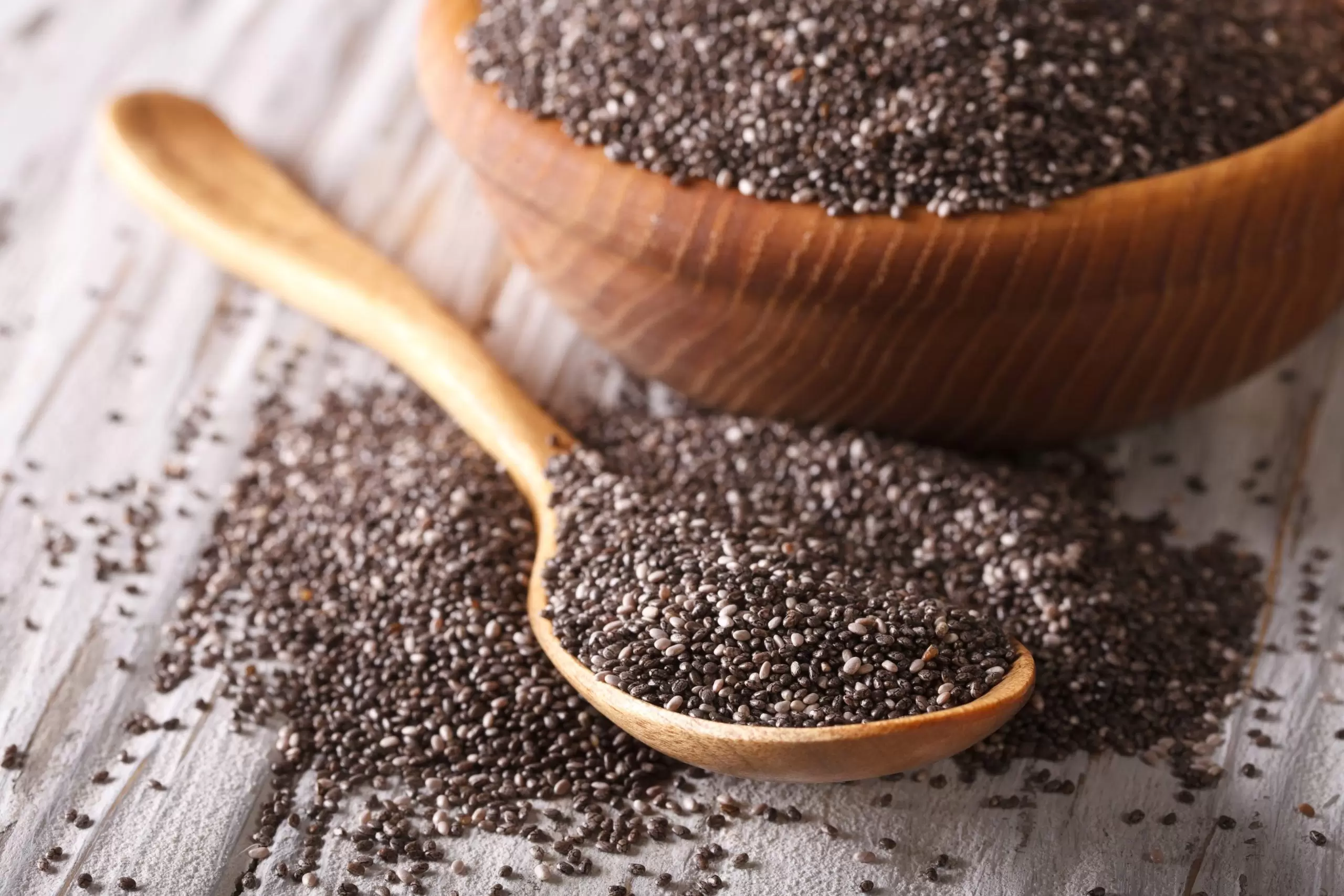
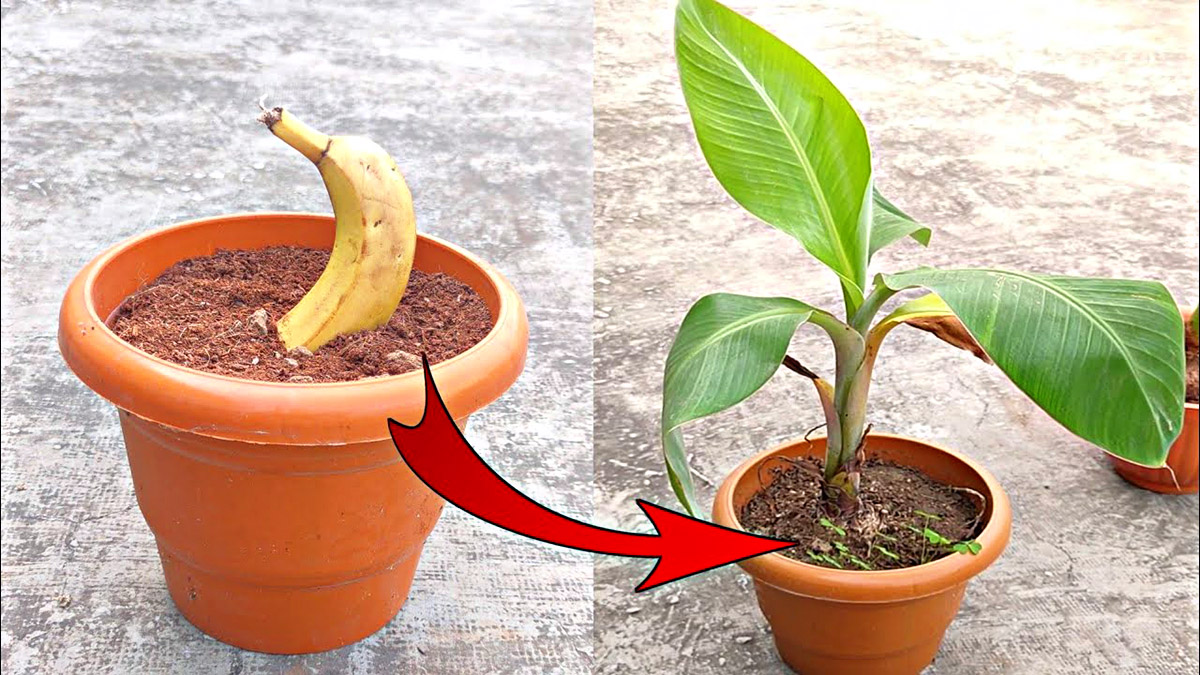

0 thoughts on “Why Arent My Seeds Germinating”